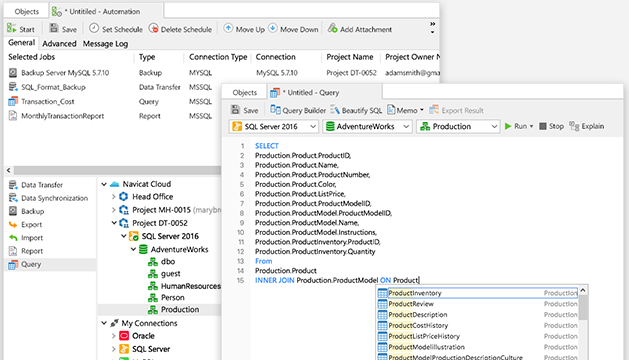
You can edit an existing document via the Edit Document. Meanwhile, clicking the Discard Changes button removes the new document without saving it to the database. The TAB key moves the cursor to the adjacent cell on the right, while SHIFT+TAB moves it one cell to the left.Ĭlicking the Apply Changes button saves the new document. You can enter values directly into each cell. There, you'll find the Add Document and Delete Document buttons:Ĭlicking the Add Document button appends an empty row to the end of the grid. Now, we'll turn our attention to the lower-left quadrant of the Collection Tab. The previous section described the three View buttons in the lower-right quadrant of the Collection Tab. You can also show your data as JSON documents, while documents can be added with the built-in validation mechanism which ensures your edits are correct.Īdding and Deleting Documents in Grid View All embedded documents and arrays are represented as nodes, which can be expanded or collapsed as needed: Tree View shows your documents in a hierarchical view. It can handle any documents size, and supports advanced features like highlighting cells based on data types, column hiding and more. Grid View (pictured above) is the traditional tabular display that DBAs are most familiar with. They are also accessible via the View command from the Main Menu:

If you look at the lower-right quadrant of the Collection Tab, you'll see the three buttons for each view:

In Navicat for MongoDB, data can be presented in one of three ways, depending on what you're trying to do with the documents.
Navicat for mysql tutorial how to#
In today's blog, we'll be covering how to view, delete, and edit documents. In the MongoDB Documents Tutorial we learned how documents are stored in MongoDB as well as how to append new ones to a collection using the Navicat for MongoDB database administration tool.

Therefore, it behooves you to learn how to work with both documents and collections. MongoDB is a NoSQL database that stores data as collections of documents.


 0 kommentar(er)
0 kommentar(er)
